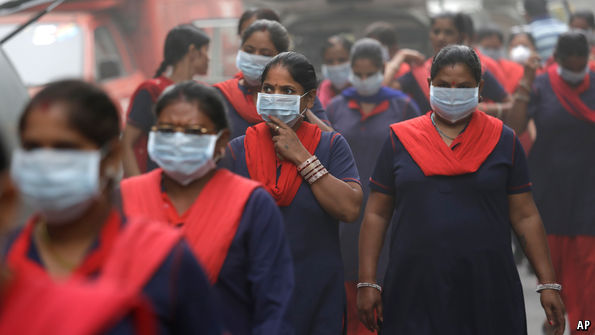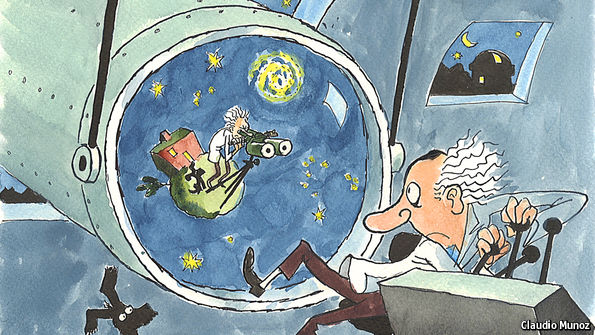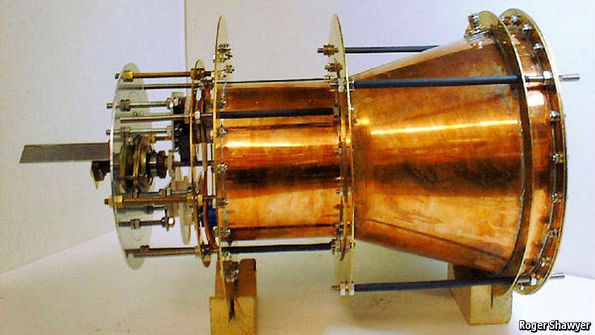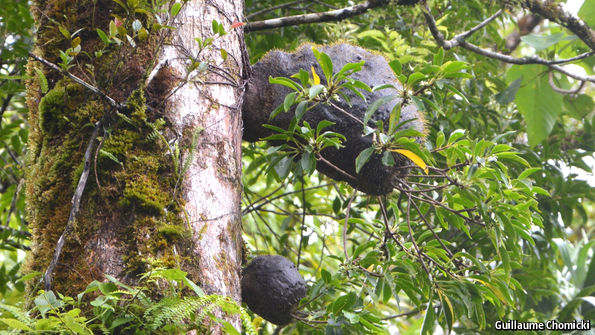Machines are learning to find concealed weapons in X-ray scans
 Prettier than an x-ray
Prettier than an x-rayEVERY day more than 8,000 containers flow through the Port of Rotterdam. But only a fraction are selected to pass through a giant x-ray machine to check for illicit contents. The machine, made by Rapiscan, an American firm, can capture images as the containers move along a track at 15kph (9.3mph). But it takes time for a human to inspect each scan for anything suspicious—and in particular for small metallic objects that might be weapons. (Imagine searching an image of a room three metres by 14 metres crammed to the ceiling with goods.) To increase this inspection rate would require a small army of people.
A group of computer scientists at University College London (UCL), led by Lewis Griffin, may soon speed up the process by employing artificial intelligence. Dr Griffin is being sponsored by Rapiscan to create software that uses machine-learning techniques to scan the x-ray images. Thomas Rogers, a member of the UCL team, estimates that it takes a human operator about ten minutes to examine each X-ray. The UCL system can do it in 3.5 seconds.
Dr Griffin’s team trained its system on…Continue reading
Source: Economist









